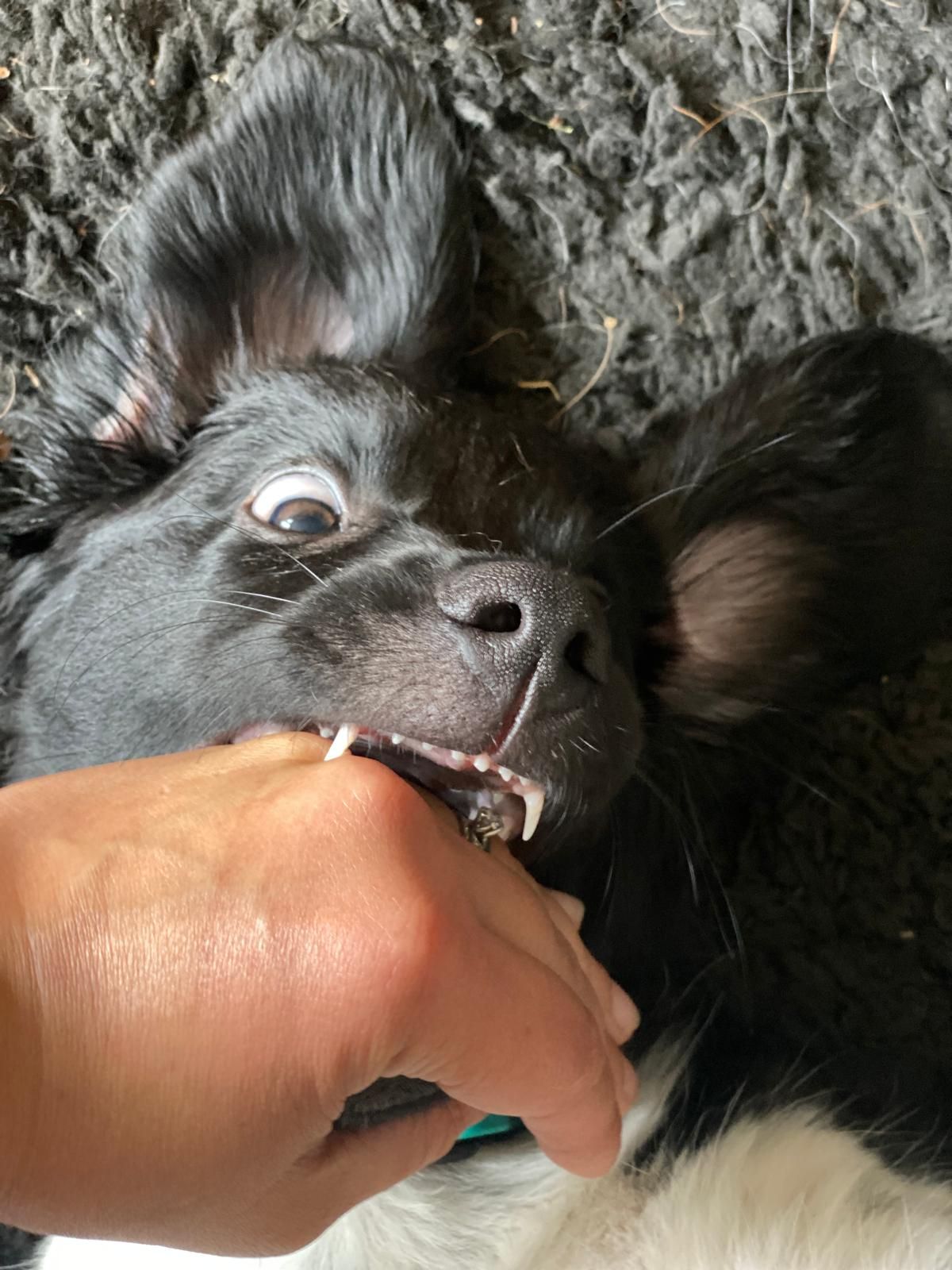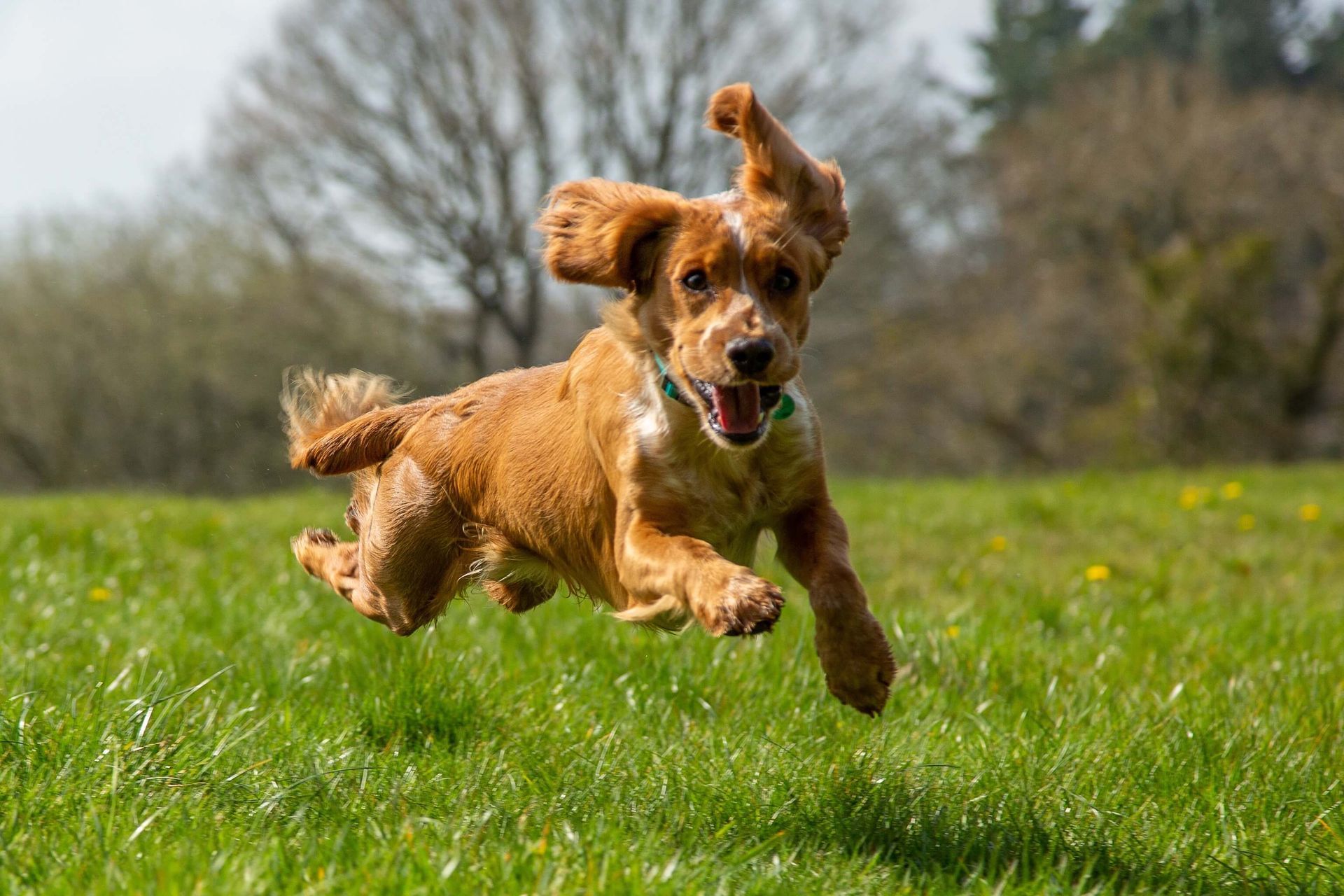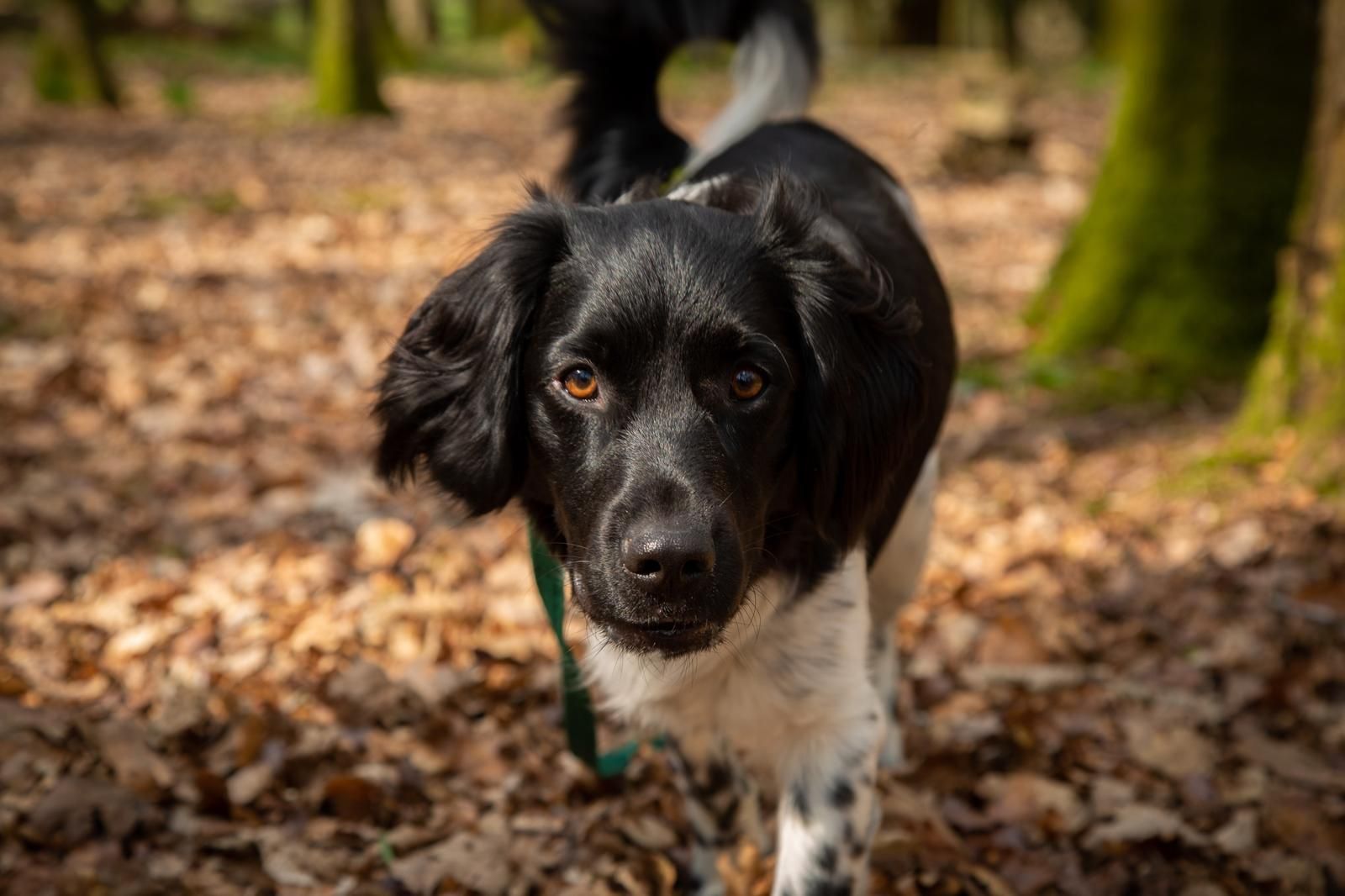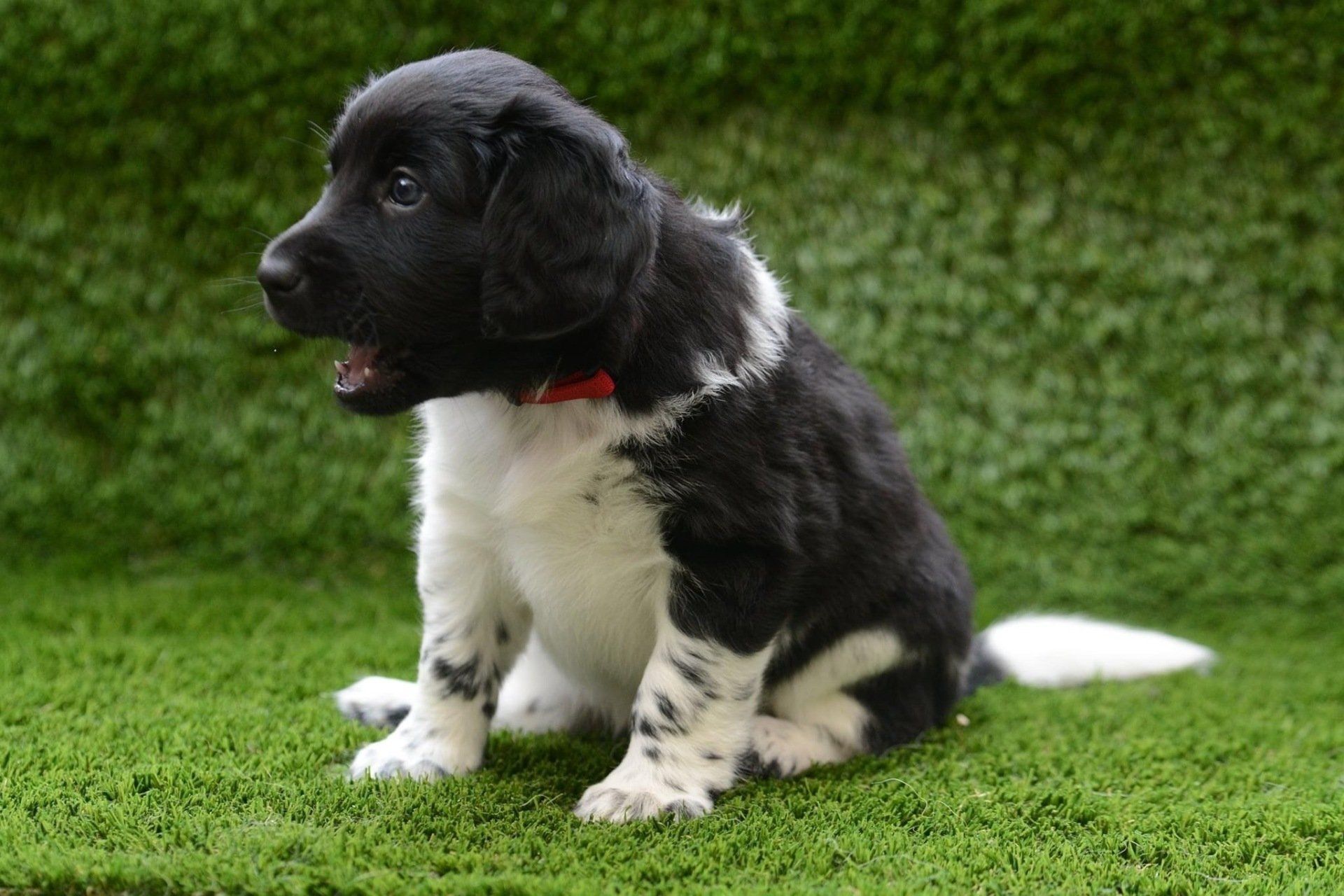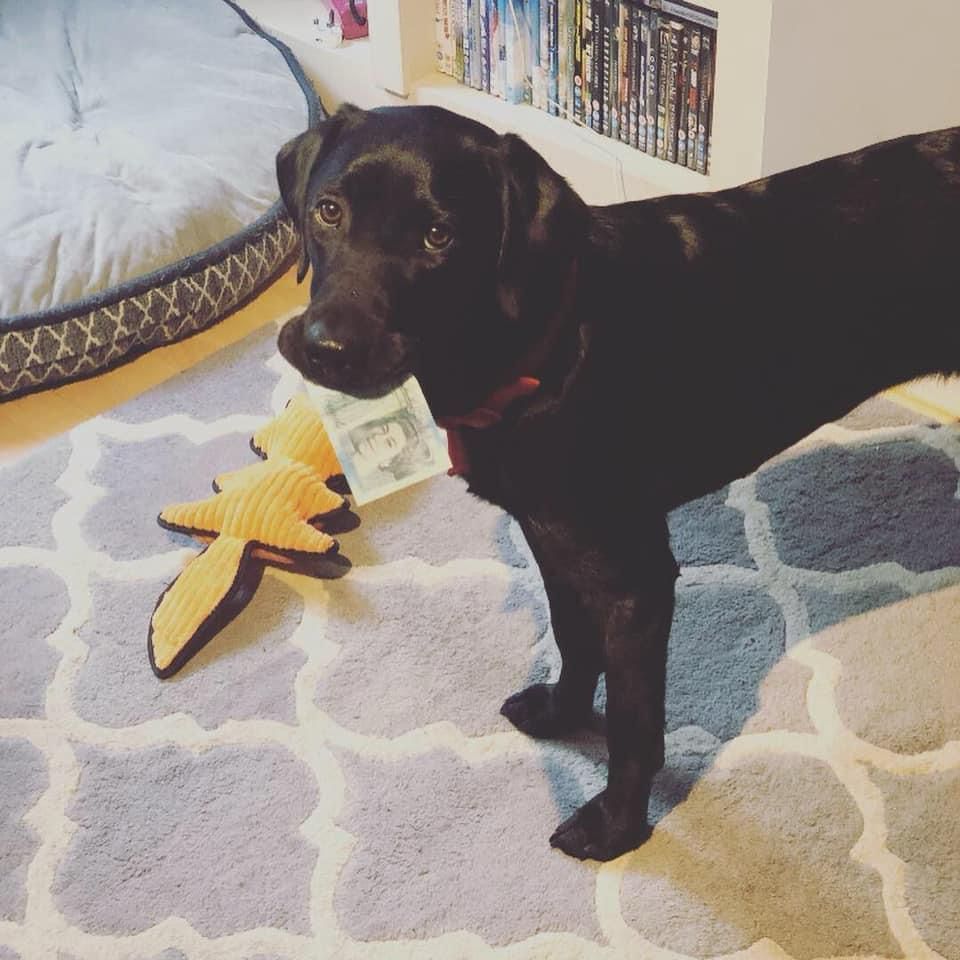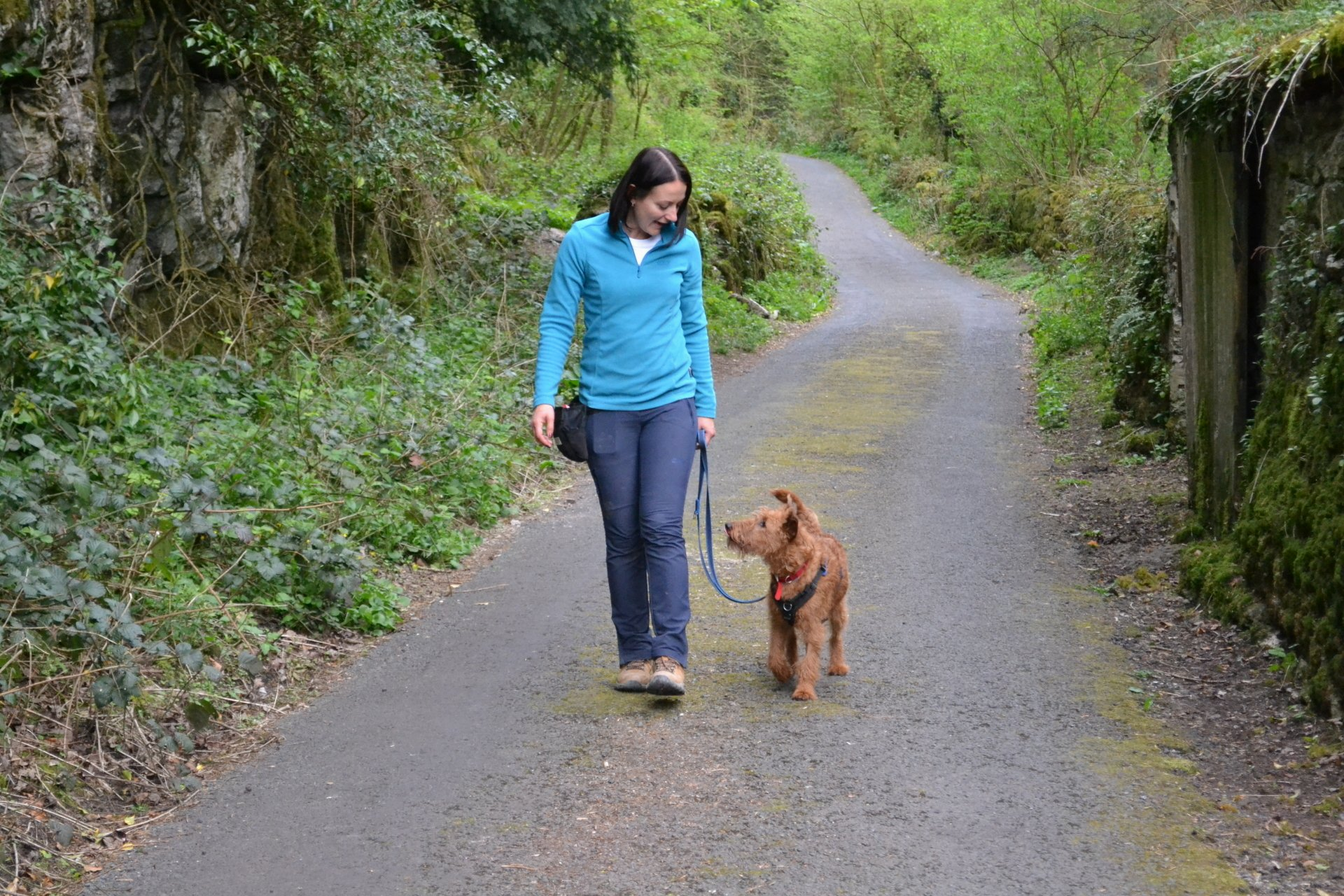
Prevention of Separation Anxiety in Puppies
- by Tash Clark
- •
- 05 Jul, 2023
- •
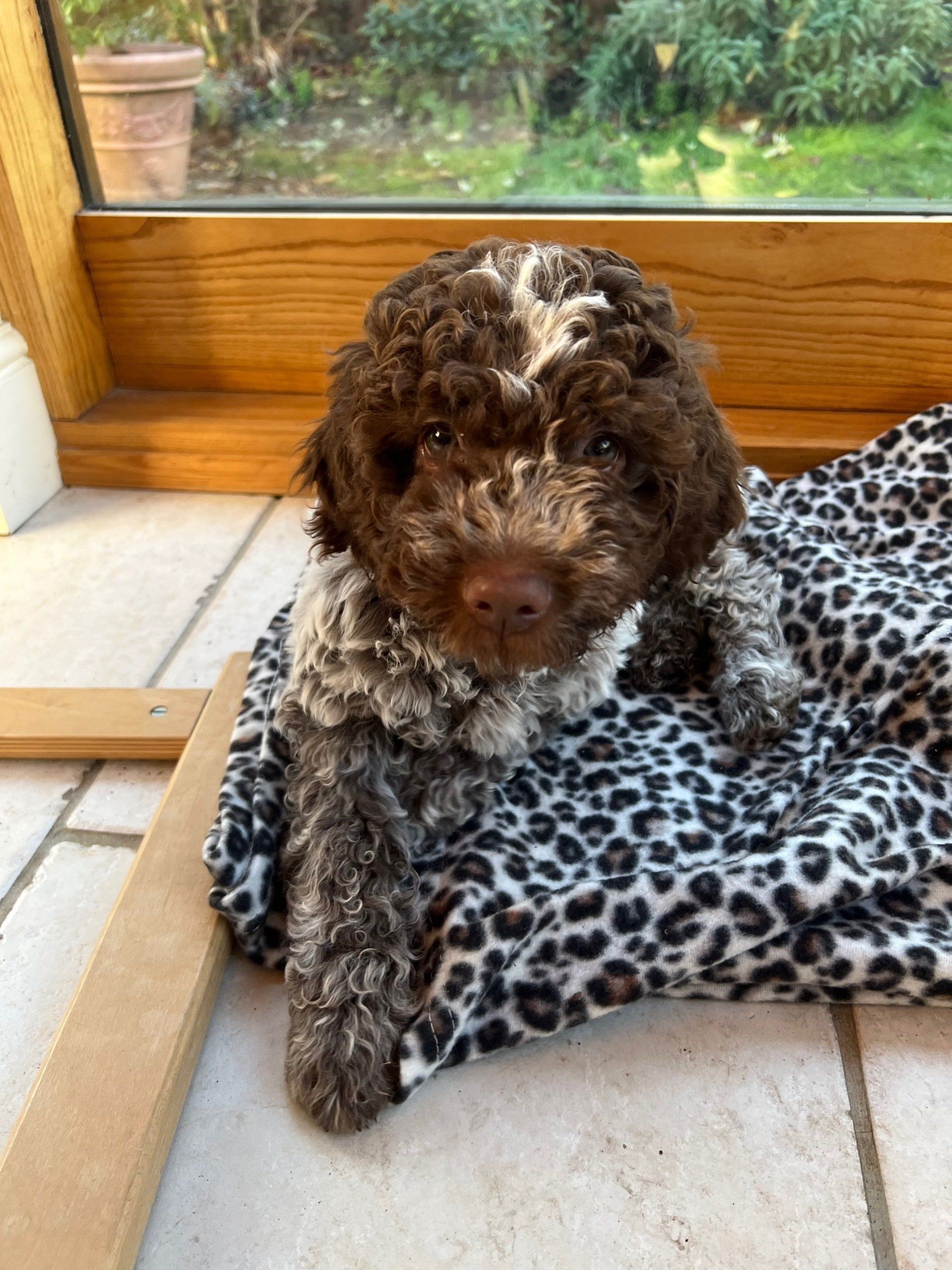
How and When to Introduce and Build on Alone Time
Prevention of Separation Anxiety in Puppies: How and When to Introduce and Build on Alone Time
As someone who spends a lot of time helping guardians of dogs with Separation Related Behaviours, I wanted to highlight some of the key principles, but also misconceptions about teaching dogs to spend time alone.
Bringing home a new puppy is an exciting time, but it can also be very stressful, even for experienced owners!
One of the reasons is, that when it comes to puppies, everyone seems to have an opinion, internet is filled with conflicting advice, which often makes it difficult for new puppy guardians to know what is the right thing to do, when it comes to teaching your puppy to spend time alone.
Do you let your puppy sleep in the bedroom, do you sleep downstairs with them, or will you be making a ‘rod for your own back’? Is ‘starting as you mean to go on’ and having them in the kitchen overnight a right thing to do?
Do you leave them alone from day one, so they get used to it?
Even without the background in dog behaviour, if we think about it, young puppies need their human to be available to meet their basic needs during those early stages of their development. In free ranging dogs, puppies rely on their mum for survival way beyond 8 weeks of age, which is typically when we bring them home, so it is only fair that we respond to their vocalisations and meet their needs (safety, food, water, social contact).
This blog will guide you through the process of introducing and building on alone time to prevent separation anxiety in your puppy.
Step 1: Let Your Puppy Follow You and Build a Secure Attachment
Before introducing alone time, it's crucial to let your puppy follow you around and develop, what we refer to, a secure attachment. This means allowing the puppy to be by your side as you go about your daily activities. This constant proximity helps your puppy feel safe and secure, building trust and strengthening the bond between you and your pup. Making sure that your puppies needs are met, are absolutely paramount! Do not let your puppy ‘cry it out’, they need to know that you will come back and meet their needs.
When I bring a young puppy home, they sleep in the bedroom or I sleep downstairs with me, and then gradually transitioning (if appropriate) to either them sleeping downstairs, or me gradually moving upstairs when they are ready.
Step 2: Gradually Introduce Short Periods of Alone Time
Once your puppy is confident that their needs will be met, it's time to gradually introduce alone time. Start with short intervals of going out of sight, while your puppy can still follow you. For example, go and get something from the kitchen, or ‘make a meal’ out of making a cup of tea (go and put the kettle on, return, go and get the mug out of the cupboard – return and so on).
Begin with just a few seconds and gradually increase the duration as the puppy becomes less inclined to follow you. You may get to make that cup of tea in one go!
This is all without leaving the house, and very important that your puppy is able to follow you, so they know where you are.
This is all about building puppy’s confidence that you will return before they need you!
Step 3: Create Positive Associations with Alone Time
To prevent separation anxiety, it's important to create positive associations with alone time. Before leaving your puppy alone, provide them with a special treat or a favourite toy. This helps them associate your departure with something positive and enjoyable. Additionally, consider leaving on some background noise, like radio or a white noise machine – this is not to trick your puppy into thinking that you are still home, but to somewhat mask sudden noises from outside, that may startle your puppy otherwise.
Step 4: Gradually Increase Alone Time Duration
As your puppy becomes more comfortable being alone, gradually increase the duration of their alone time, and when I say gradually, I mean GRADUALLY – think seconds, not minutes. Step outside and come back, walk down to the end of your drive, come back, go and get something out of the car – come back. This way your puppy also gets used to the departure cues (grabbing keys, putting shoes on, without being overwhelmed).
Step 5: Get all the help you can!
Neighbours, friends, especially working from home, could all make wonderful puppy sitters! It can be overwhelming in the first few weeks, so the more ‘hands on deck’ you have, the better!
When can you actually leave them alone to go and get a pint of milk (bottle of wine) from the shop, will depend entirely on your puppy, however as a guideline, I wouldn’t be expecting any serious duration until at least 5-6 months of age!
For every story of a puppy who ‘has been OK with being left from day one’, there are dozens of dogs that do not cope with being left…
This is one of those cases where prevention is certainly easier than cure, even though it requires a gradual and patient approach. By allowing your puppy to follow you, building a secure attachment, and introducing alone time gradually, you can help them develop confidence and independence. With time, patience, and understanding, you can set your puppy up for success and prevent separation anxiety in their future.
Please note, this is for puppies and dogs that do not already suffer with separation related behaviours. If your puppy or dog is struggling to cope with being left – please seek professional help.

Dog behaviour consultations and training are provided by Dogs be Dogs, a trading name of N V Clark Limited, registered in England no. 10730091
Registered office: Rosemary Cottage, Palmers Lane, Burghfield Common, RG7 3DU
Group class services are provided by Dogs be Dogs Limited, registered in England no. 13240349
Registered office: Rosemary Cottage, Palmers Lane, Burghfield Common, RG7 3DU
Please note, this address is NOT our training venue, but the registered business mailing address only.

